Energy-saving and efficiency-enhancing is an important topic in the field of gear heat treatment. It is explained with specific cases that process optimization is one of the effective means for heat treatment to save energy and reduce consumption. Under the premise of meeting technical requirements, by tapping the energy-saving potential of heat treatment process, shortening the production cycle, and reducing Energy consumption to achieve economic benefits.
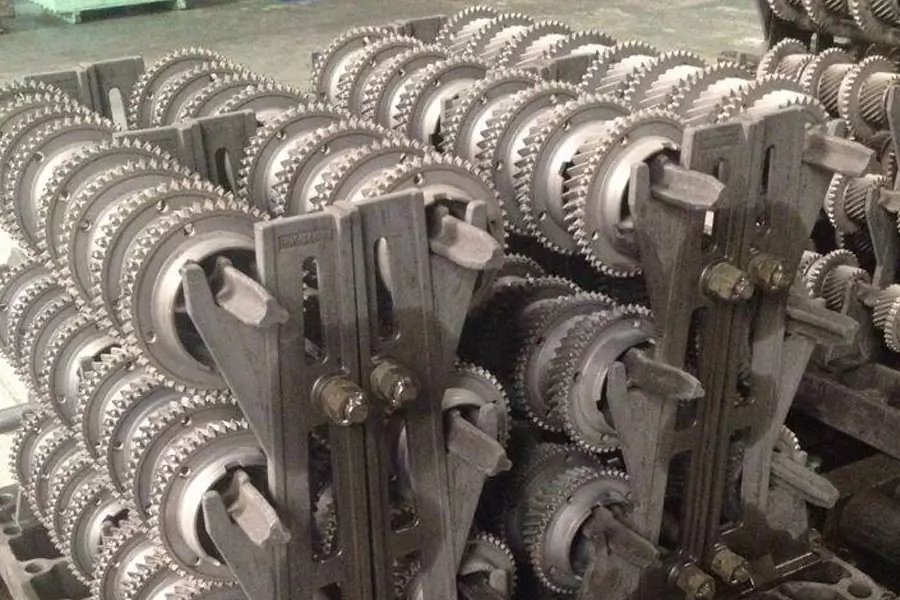
In the field of heavy-duty gears, medium-hard and hard-tooth gears are widely used, and quenching and tempering and carburizing and quenching are the two most commonly used heat treatment methods. Heat treatment is a traditional manufacturing industry. It is a necessary process to improve the strength and toughness of gears. A lot of energy is needed in production to improve the surface and internal structure of gears in order to obtain performance. The energy consumed by products in the machinery industry in my country is generally 65% of the national energy consumption, of which the heat treatment industry accounts for 20% to 30% of the energy consumption in the machinery industry. Due to historical reasons, the overall production efficiency of heat treatment in my country is relatively low, 1/26 that of the United States, and energy consumption is 40% higher than that of the United States. Modern manufacturing technology attaches great importance to the sustainable development of manufacturing, especially in the field of heat treatment. How to reduce energy consumption and achieve energy saving and efficiency enhancement is an important issue in the field of machinery manufacturing.
Heat treatment is the process of heating the parts to a certain temperature, keeping them for a period of time, and then adopting different cooling rates to obtain different organizational structures. Heat treatment only changes the internal structure of the parts, but does not change the shape of the parts. The method of energy saving and efficiency enhancement of heat treatment is to shorten the production cycle, save energy and reduce consumption by changing parameters such as heating temperature, heat preservation time, and cooling method under the premise of ensuring the inherent performance. As a traditional industry, heat treatment is a big energy consumer, which is mainly reflected in the consumption of electricity.
In the field of heavy-duty gear manufacturing, especially carburizing and quenching heat treatment, the hardening layer depth is usually required to be greater than 2mm, and the carburizing time is more than 20h. The energy saving is The most intuitive energy saving direction. Energy saving can be achieved through different measures, such as the use of advanced heat treatment equipment with low energy consumption, continuous production, formulation of a reasonable heat treatment process, and good equipment maintenance. Among the many energy-saving methods, process optimization is one of the effective methods to achieve energy-saving and efficiency-increasing without the need to invest a lot of money. In the following, several energy-saving methods for heat treatment production of heavy-duty gears will be described.
1. Application of salt bath tempering after salt bath quenching
Carburized parts of wind power heavy-duty gears are mainly made of 18CrNiMo7-6 material. After quenching, they must be destressed at 170-200°C to reduce internal stress and improve the strength and plasticity of the gear. For the low-temperature salt bath quenching medium of 50%KNO3+50%NaNO2 formula, the conventional low-temperature tempering at home and abroad is heated by electric furnace, and air is used for heat transfer. The heat transfer in the electric furnace is mainly convection; the workpiece is in the salt bath medium.
When heating, heat conduction is the main component, and both radiation heat transfer and convective heat transfer are combined. Electric furnace heating, air as the heat transfer medium, the tempering time of wind power heavy-duty gear is calculated according to 2.4min per millimeter diameter or thickness, that is, 100mm diameter or thickness is kept for 4h, and the shortest heat preservation time is not less than 2h. For the salt bath medium of 50%KNO3+50%NaNO2 formula, its melting point is 140℃, and the service temperature is 150~550℃. Because the conductivity of the salt bath is much larger than that of the air medium, the heat preservation time of the salt bath tempering is greatly shortened, according to JB /T6048-2004 “Heating and Cooling of Metal Parts in Salt Bath”, the tempering holding time is 100mm diameter or thickness holding about 2h. Advantages of salt bath tempering:
- The uniformity of tempering in the salt bath is better than that of the electric furnace, and the surface hardness deviation of a single piece is increased from ±1HRC of the electric furnace to ±0.5HRC.
- Because the heat transfer coefficient of the salt bath medium is much greater than that of air, the tempering time of the salt bath is only 50% of the tempering of the electric furnace for the same gear parts, and the production cycle and heating cost are reduced by 50%.
- It shows the residual stress distribution curve of the surface layer of the carburized part after electric furnace heating and salt bath heating and tempering. Figures 4 and 5 show the carburized layer structure after electric furnace heating and salt bath heating and tempering. The body level is the same, it can be seen that the residual stress of the salt bath tempering and the results of the organization performance test can achieve the effect of the electric furnace tempering.
- The salt bath quenching medium cannot be agglomerated and must be permanently insulated. After salt bath quenching, the idle heat source is used for tempering to save energy and increase efficiency.
If you are looking for dependable volume manufacturing metal parts supplier with High pressure die casting service who offers you competitive price, good service and quality for aluminium die casting, zinc, or magnesium die casting, then BE-CU Prototype are surely a partner you are looking for to fulfill all your die casting needs. With quality service and state of art technology, BE-CU indeed claim in providing quality pressure die casting including aluminum/zamak/magnesium alloy castings to our customers all over the world. To work with us,be-cu don’t just stop at taking your order and delivering your die casting products. be-cu are there for you at every step right from your preferred selection of aluminum die casting, Zamak die casting (Zamak 2, Zamak 3, Zamak 5, Zamak 8) or magnesium die casting products and services to post-order phase. In brief, once you become our customer, be-cu are with you every step on the way. The Detail Of BE-CU Die Casting Company

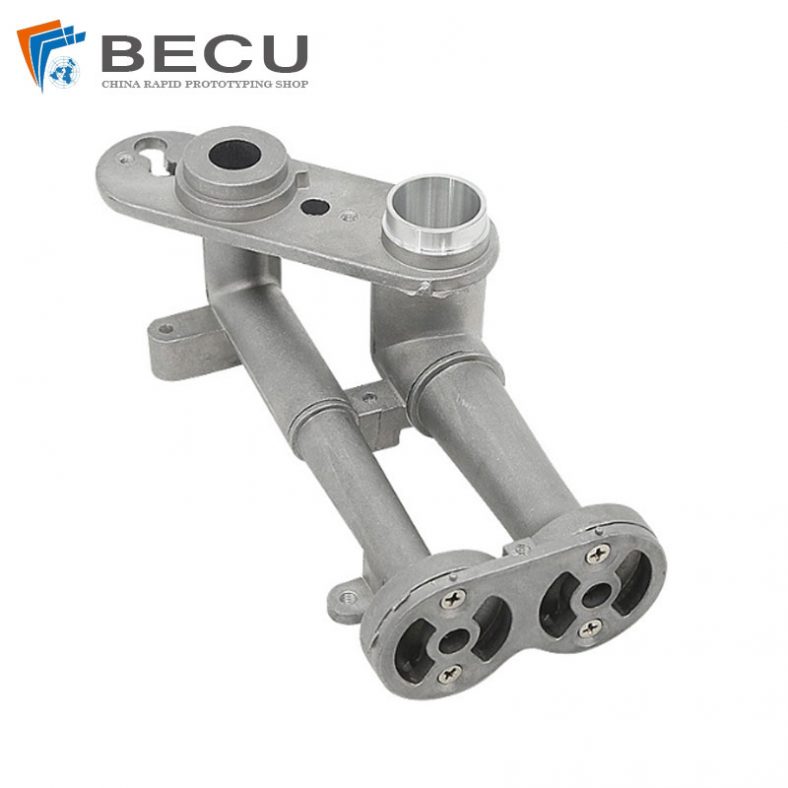
CNC Machining Gas Stove Bottom Joint

Gravity Die Casting Custom Street Light Heat Sink
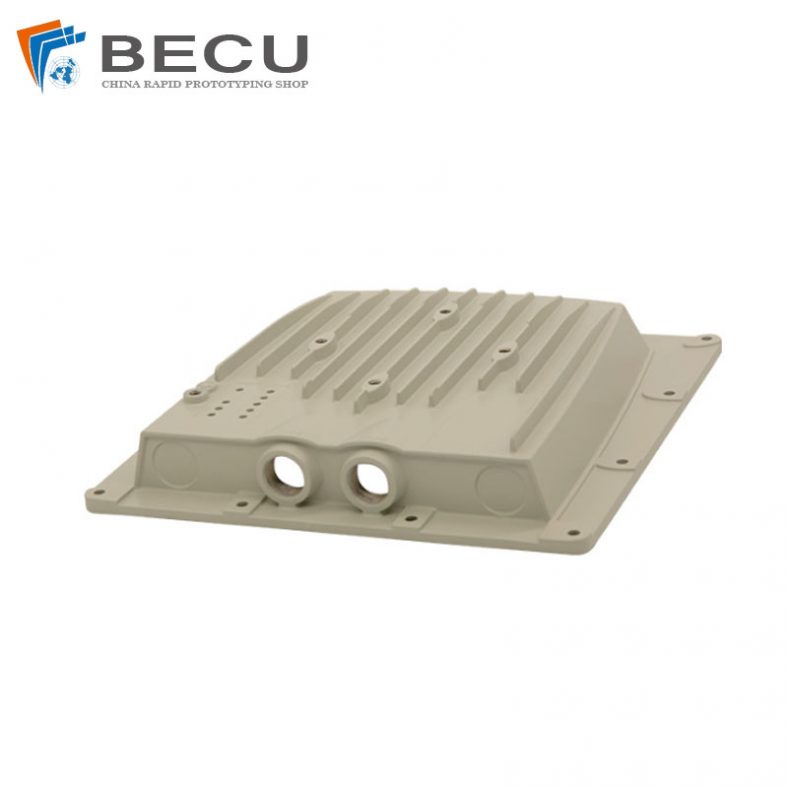
Die Casting LED Canopy Lights Heatsink For Gas Station
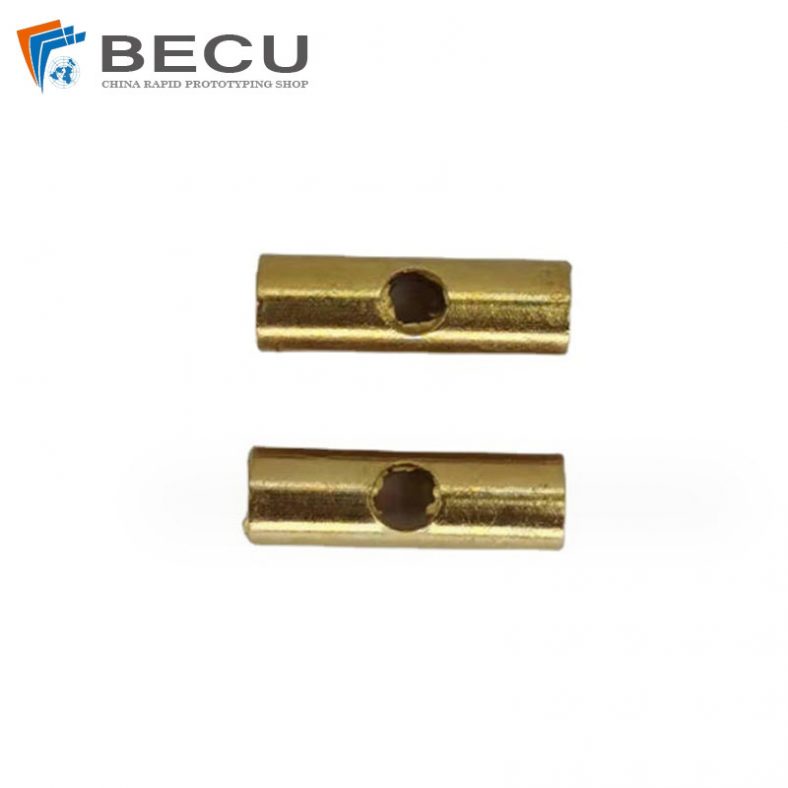
Zinc Die Casting PA10 Transformer Connector Terminal
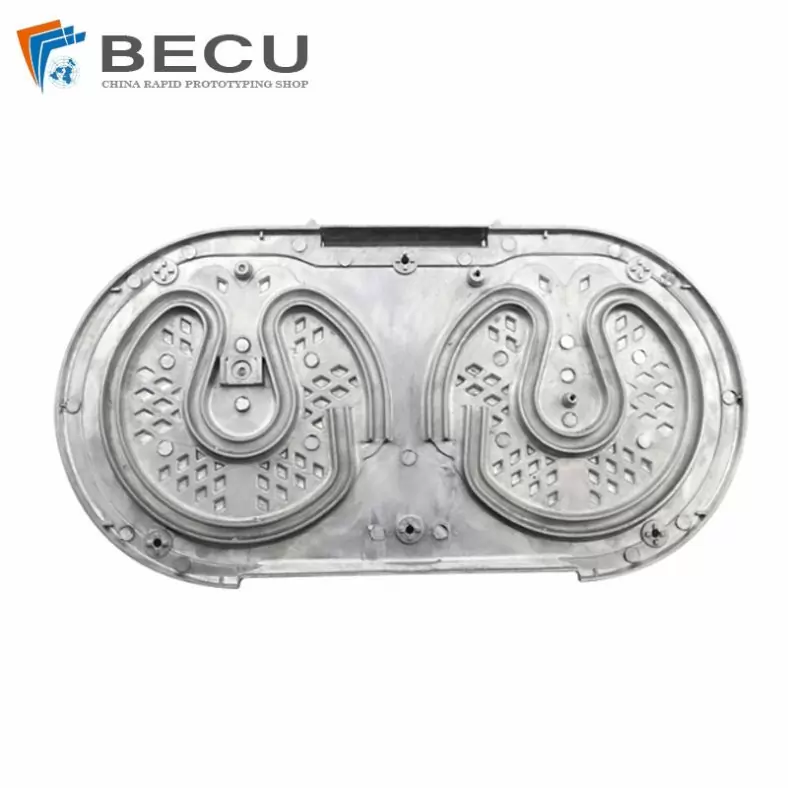
Die Casting Aluminium Cookware Chassis

Die Casting Wheels With Aluminum Alloy 5 Axis CNC Machining
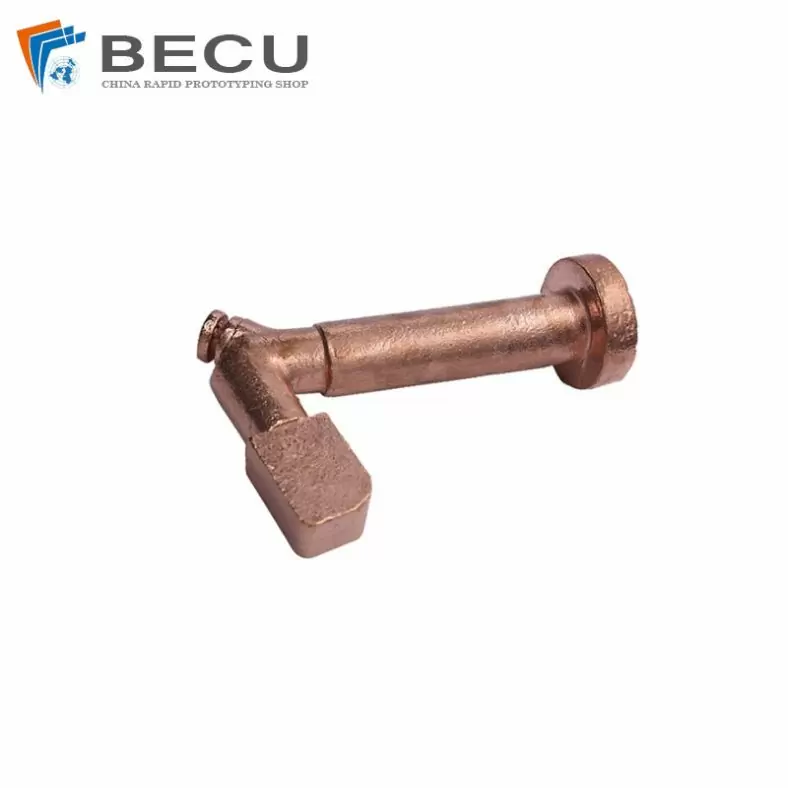
Precision Machined Copper Die Casting Parts
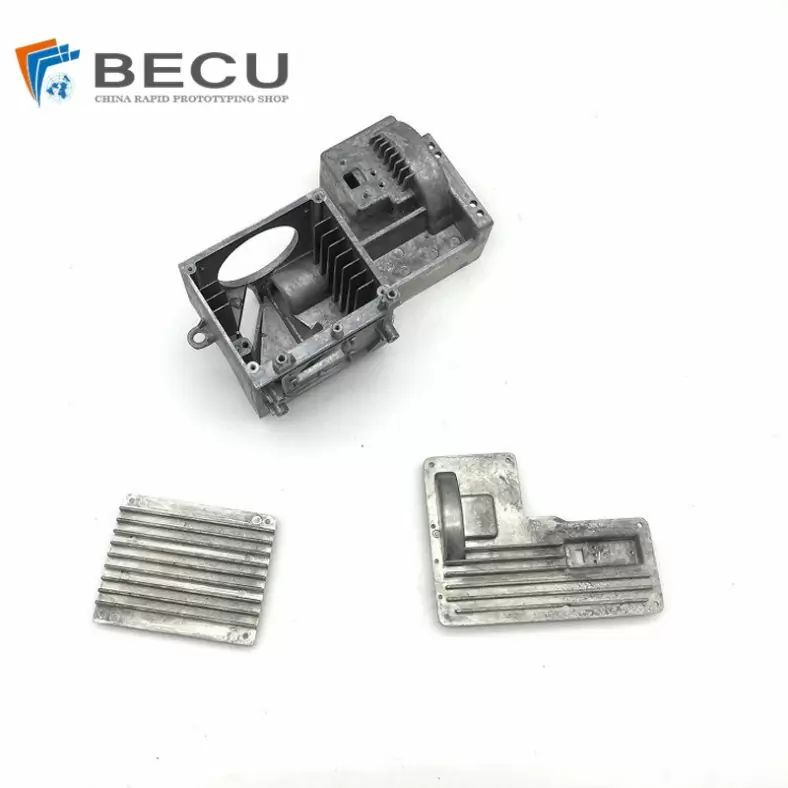
Professional Small Baler Aluminum Alloy Die-casting Mold Production
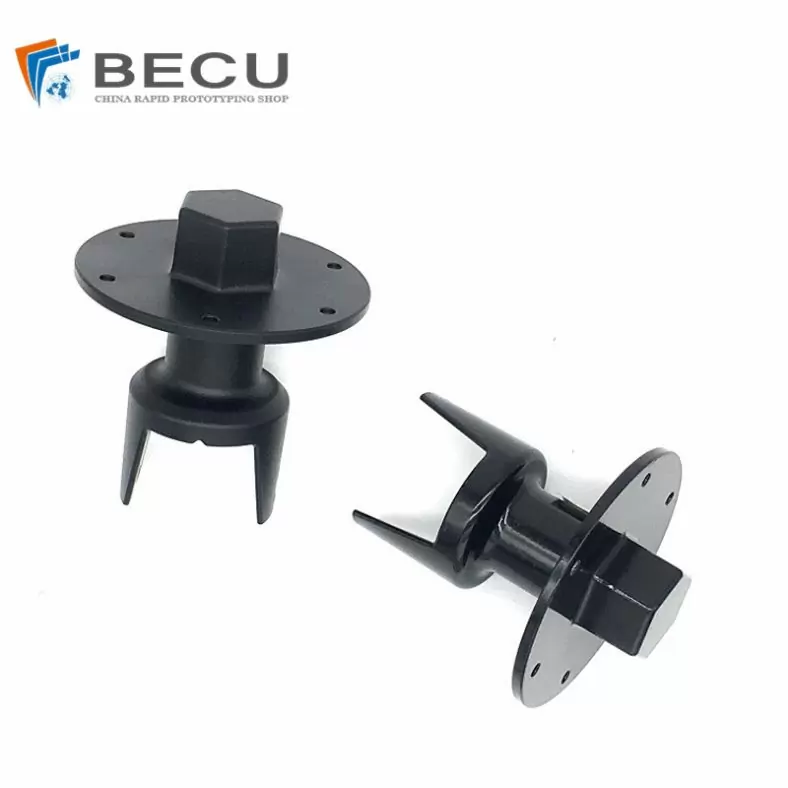
China Die Casting Factory Manufactures Surface Sprayed Aluminum Valve Body
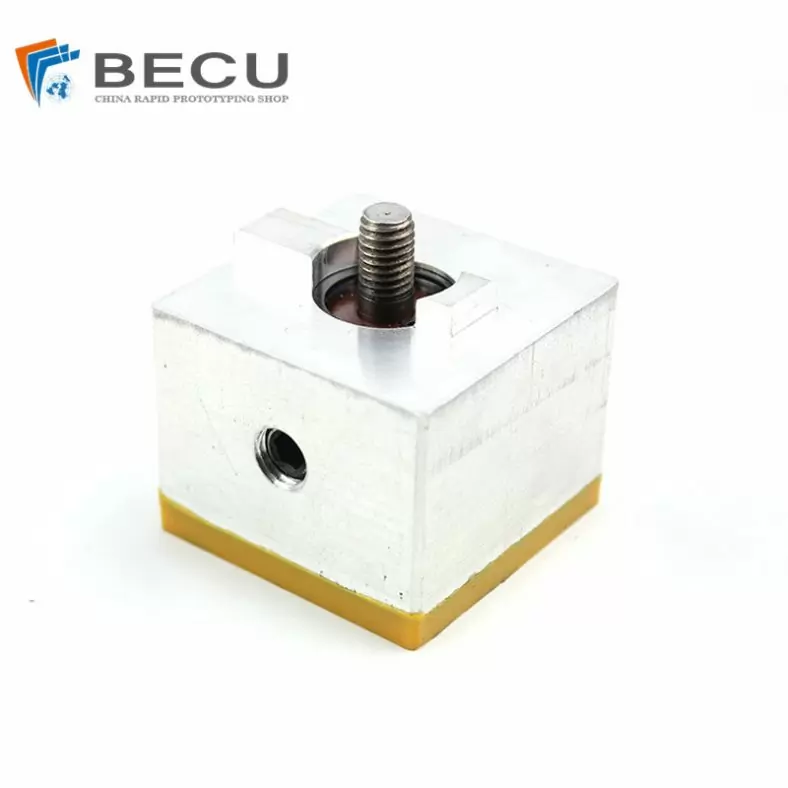
Extrusion Die-casting Polyurethane-Coated Aluminum Alloy Profiles

Custom Precision Aluminum Die Cast Brackets and Finishes
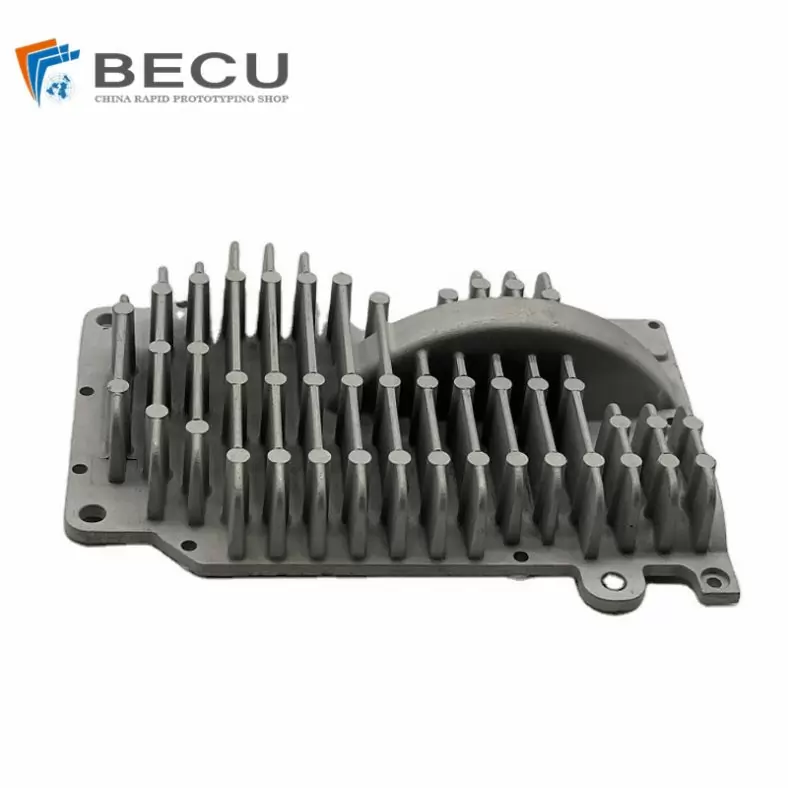
Extrusion Die-casting Magnesium Alloy Heat Sink Shell
